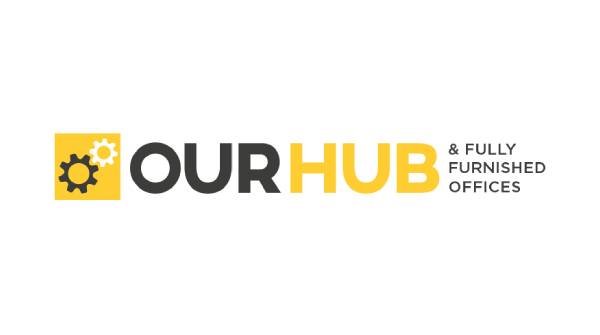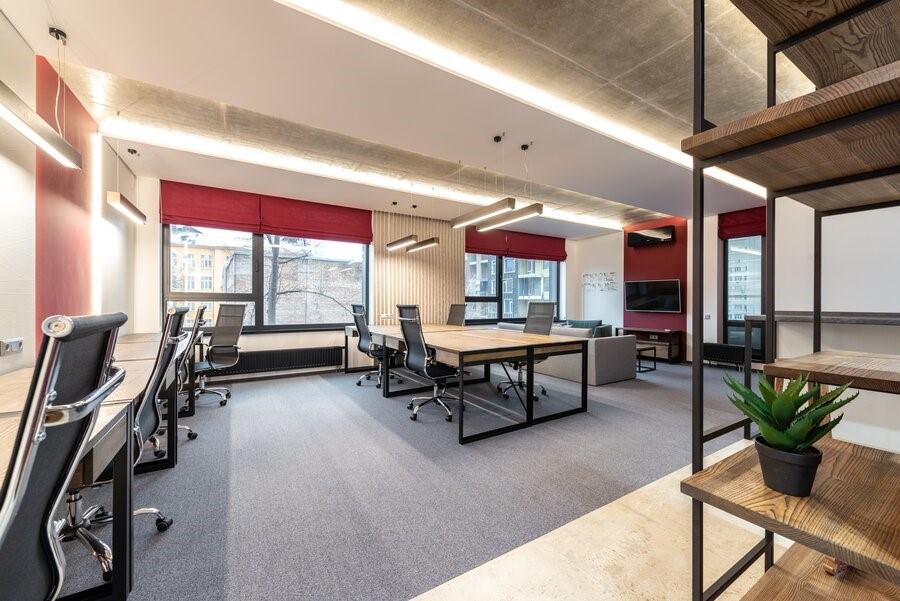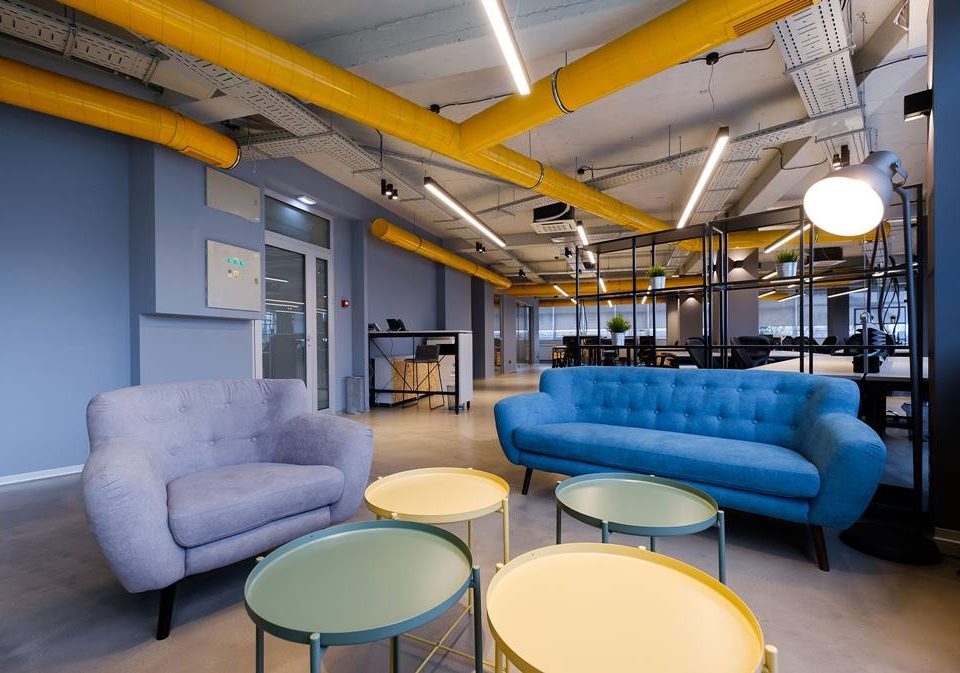Now that we have moved into the ‘new normal’ caused by the COVID-19 pandemic, we have learned that work is possible anywhere there is a Wi-Fi connection, that people can work productively from home, and that technology can never replace the chemistry that happens during in-person meetings.
Some of the world’s working population now prefers to work solely from home, while some want to go to the office at least some of the time.
Somewhere in between working in the office and working from home, coworking and flexible shared office spaces provide a much-needed component in this more agile world we are navigating. Pre-pandemic, coworking had been on a trajectory to overtake the traditional office as the place people preferred for work since the early 2000s. Although coworking took a minor hit during the pandemic as a result of social distancing measures and the ban on social gatherings, in 2022, according to Research and Market’s “Coworking Space Global Market Report 2021,” coworking/flexible shared office spaces are “set to dramatically rebound looking ahead as demands for flexible workplaces skyrocket.” The data suggests that “In terms of market size, it is projected coworking spaces will reach a market size of $13.03 billion by 2025 at a compound annual growth rate of 12%.”
We have gathered five flexible shared office space trends and benefits that will impact business in 2022 – you will not want to miss this.
1. Corporate coworking
The pandemic may have leveled the playing field between coworking and the traditional office environment. According to an August 2021 Ergonomic Trends article, “The biggest trend shaping the [coworking] industry is the rise of the corporate coworker.” As the article states, “Increasingly, companies are leveraging coworking spaces to decentralize their office space and support employees that wish to work closer to home.” Even before the pandemic, larger companies and corporations were taking advantage of coworking/shared office spaces to accommodate remote teams. This trend will continue to see an uptick as companies have shuffled their office space layouts to meet social distancing guidelines and are still grappling with returning to full capacity.
Flexible office spaces also feature conference rooms and private offices for teams that need the spontaneity of in-person meetings. Unintended benefits of corporate teams working in flexible shared spaces include a highly motivated work environment, exposure to new and different ideas, and expansion of your corporate brand’s reach in the local business community.
2. Flexible work schedules
In this post-COVID normal, many workers are showing more interest in flexible work schedules and hybrid schedules. Moving into this new, more mobile business landscape, business professionals are more interested in working when and where they can be most productive. Flexible shared office spaces that offer 24/7 access appeal to workers whose lives may not fit into a 9 to 5 schedule. Also, to meet the demand for workers who want to work closer to home, more flexible shared office spaces are popping up in suburban areas, cutting down on commute times.

Did you know?
3. Hybrid work schedules
Some companies in the decentralizing office mode have asked their employees to work from home for the foreseeable future, while other companies, attempting to return to the ‘before times’ are requiring their employees to return to the office full-time. While some prefer to work solely from home, a growing number of people want something in between working from home and going back into the office.
In fact, according to a survey by Prudential, “68% of American workers now prefer a hybrid workplace model where they are given some flexibility to work outside the office from time to time.” Researching the hub and spoke model, using local shared office spaces, The Instant Group’s “The Rise of Suburbia: Can a hub and spoke model really work?” found that New Yorkers saved $7,000 a year in mileage costs and “about 1.5 hours in commute time per day,” by working from a local shared office space.
The article also found that employers can save “upwards of 23% by decentralizing their offices.” Flexible shared office spaces are looking better in terms of location and convenience.
4. Flexible office space savings
In terms of savings, small- and medium-sized businesses will continue to discover how affordable flexible shared office spaces compared to leasing commercial real estate and maintaining a physical space of their own. 2022 will see more businesses opting to work from flexible shared spaces for the savings and turnkey opportunities they provide. A January 2021 Economic Times article revealed that “a company can save as much as 30% on operational costs alone by working from a coworking space.” A growing number of businesses discovered they could cut their overhead, sidestepping the costs of setting up an office, purchasing business-class machines, and setting up the technology you need to run your own office. Additionally, office management, maintenance, and cleaning services are all included in coworking/flexible office space memberships.
5. Flexible lease terms
Flexible lease terms will also continue to be a game-changer for small- and medium-sized business office spaces. In times of economic uncertainty, such as a pandemic, when you might be reinventing your business or regrouping, flexible, shared office spaces offer a viable alternative to signing a lengthy commercial lease that may or may not fit your business moving forward. In a continuing trend, more business professionals are opting to join flexible shared office spaces, rather than commit to lengthy commercial leases, for several reasons.
Most flexible, shared office spaces work on monthly membership rates that can easily accommodate the stages of your growth depending on your business’s needs. As your business grows, flexible lease terms make it easy to add office spaces or move into a larger office at flexible shared office spaces. Flexible shared office spaces fit right into hybrid schedules, as their flexible membership plans are customized to accommodate your work schedule, several days a week or month.
In the post-COVID business landscape, flexible, shared office spaces will offer more private office spaces and continue to curtail community events. In the new normal, flexible office space members are interested in their workspaces including more health and wellness features such as ergonomic chairs, standing desks, climbing walls, yoga classes, meditation rooms, plus healthy snack, and dining options, to name a few. According to Ergonomic Trends, “In a survey conducted late 2020, 86% of US companies said that their long-term real estate strategy includes flexible and coworking spaces.”









